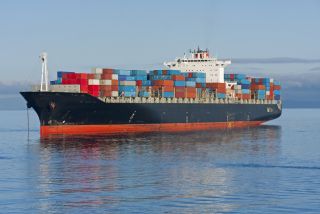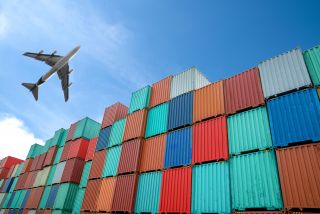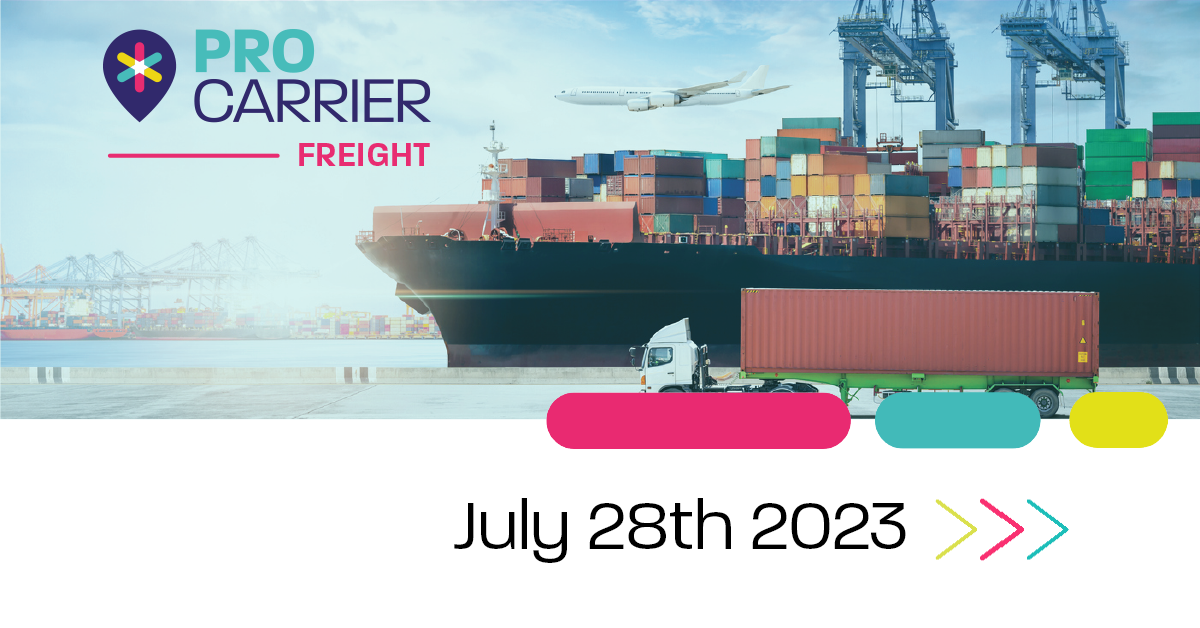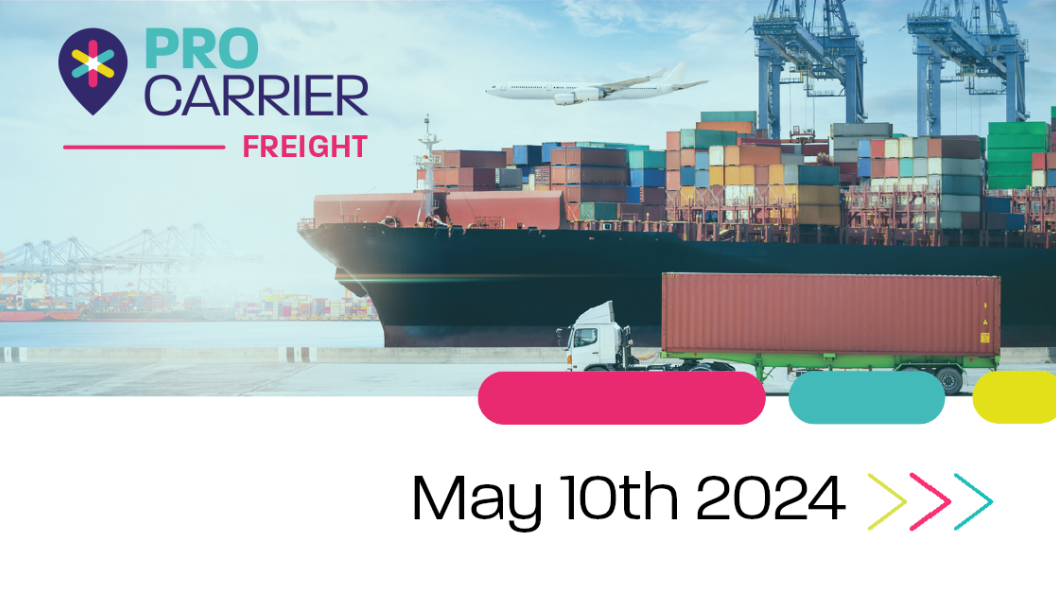Table of contents
Topic of the week:
Is new technology going to kill off the need to utilise quiet lanes, or will it help develop and improve the safety of these lanes allowing them to become a preferred route? Today more than 17 billion devices are connected to the Internet of things (IoT).That number is expected to grow beyond 30 billion by the end of 2023, representing a meta-network of sensors and controls that facilitate everything from self-driving cars and smartwatches to fridges that tell you when you're low on milk.
What does this mean for the shipping industry? The shipping industry is one with centuries of tradition and proud history, so it’s not always easy for companies to adopt new lanes or technology. However, as times change, so do ways of doing things, and this industry stepped in tradition is increasingly one of the most forward-thinking. As an example, artificial intelligence (AI) is fast gaining traction in the shipping industry with tools developing constantly.
AI is currently being utilised across the industry, with tools targeting cost reduction and regulatory compliance well established. Although safety solutions have been slower to take off, their continuous value is quickly becoming evident. More and more shipowners are now recognising the potential AI has to enhance their operations resulting in widespread acceptance throughout the maritime sector.
But it’s not just AI that is increasingly utilised by the industry, with the advent of climate change bringing a number of different changes to the arctic shipping lanes. Increased accessibility to Arctic ports, the opening of new Arctic shipping lanes and shorter transit times make the Northern Sea Route (NSR) a more appealing route. However, the NSR doesn’t come without its challenges, with its unpredictable seas, severe climate conditions, high costs, and lack of developed infrastructure in the northern territories the Arctic has many obstacles for socio-economic and maritime development.
Despite these obstacles , Hainan Yangpu New New Shipping launching the first of several planned voyages through the Northern Sea Route (NSR) with the departure of the 1,638 teu NEWNEW POLAR BEAR from St Petersburg on 7 July 2023. The 1AS ice-classed ship was acquired by New New Shipping in June this year and will make a 28 day transit to Qingdao and Xingang before reaching Shanghai in August. The overall transit time will depend on ice conditions enroute, with New New Shipping expected to mount 3 more sailings between July to November.
Sea:
- Over the last two weeks China/East Asia to North America West Coast spot rates have increased by 3.5% from $1,318/FEU to $1,365/FEU according to Freightos data.
- China/East Asia to North America East Coast spot rates have risen over the last two weeks, increasing by 6% to $2519/FEU.
- Global container spot prices have been steady the last two weeks, and are still sitting at $1,290/FEU, a 79.8% decrease from spot rates in July 2022 according to the Freightos Baltic Index (FBX)
- Yard utilisation levels are below 60% at some container terminals in Northern Europe – just when they should be brimming with peak season imports. A year ago, it was rare to see a ship-to-shore crane not boomed down at container hubs in the Le Havre – Hamburg range, with several ships anchored outside awaiting a berth. But 12 months on, the 24,000 teu ultra-large vessels plying the Asia-North Europe tradelane can virtually secure a berth and work on arrival. The first-half throughput figures at Rotterdam, the busiest container hub in North Europe, saw a decline of 8.1%, compared with the previous year, to 6.7m teu, impacted by the fall in imports from Asia and termination of cargo volumes to Russia.

Air:
- Global Air Freight spot rates currently sit at $2.54, a slight increase according to the Freightos Air Freight Index (FAX)
- Europe to Northern America spot rates currently sit at $1.8 (100-3000kg), says FAX, decreasing by 0.5%
- Europe to Central Asia spot rates have increased by 9% currently sitting at $2.4 (100-3000kg), says FAX
- Europe to Asia, Greater China spot rates stay the same and currently sit at $1.52 (100-3000kg), says FAX.
- Sky Lease Cargo, a Miami-based freighter operator, has pivoted from Latin American services to China-US operations, where rates are currently highest. Currently, according to the TAC Index, rates between China and the US have gone up nearly 6% in the past week, to $4.30/kg – although rates on the return leg are weak, at $1.18/kg. And from the US to South America, rates have slipped 1.6%, to $2.41/kg. Low rates on the transpacific backhaul could make up for the high cost of US lobsters for the Chinese.

That’s all for this week’s update…
Check out our other insights and articles for more in depth industry news and trending topics, or get in contactto discuss some of our best in class freight forwarding services!



